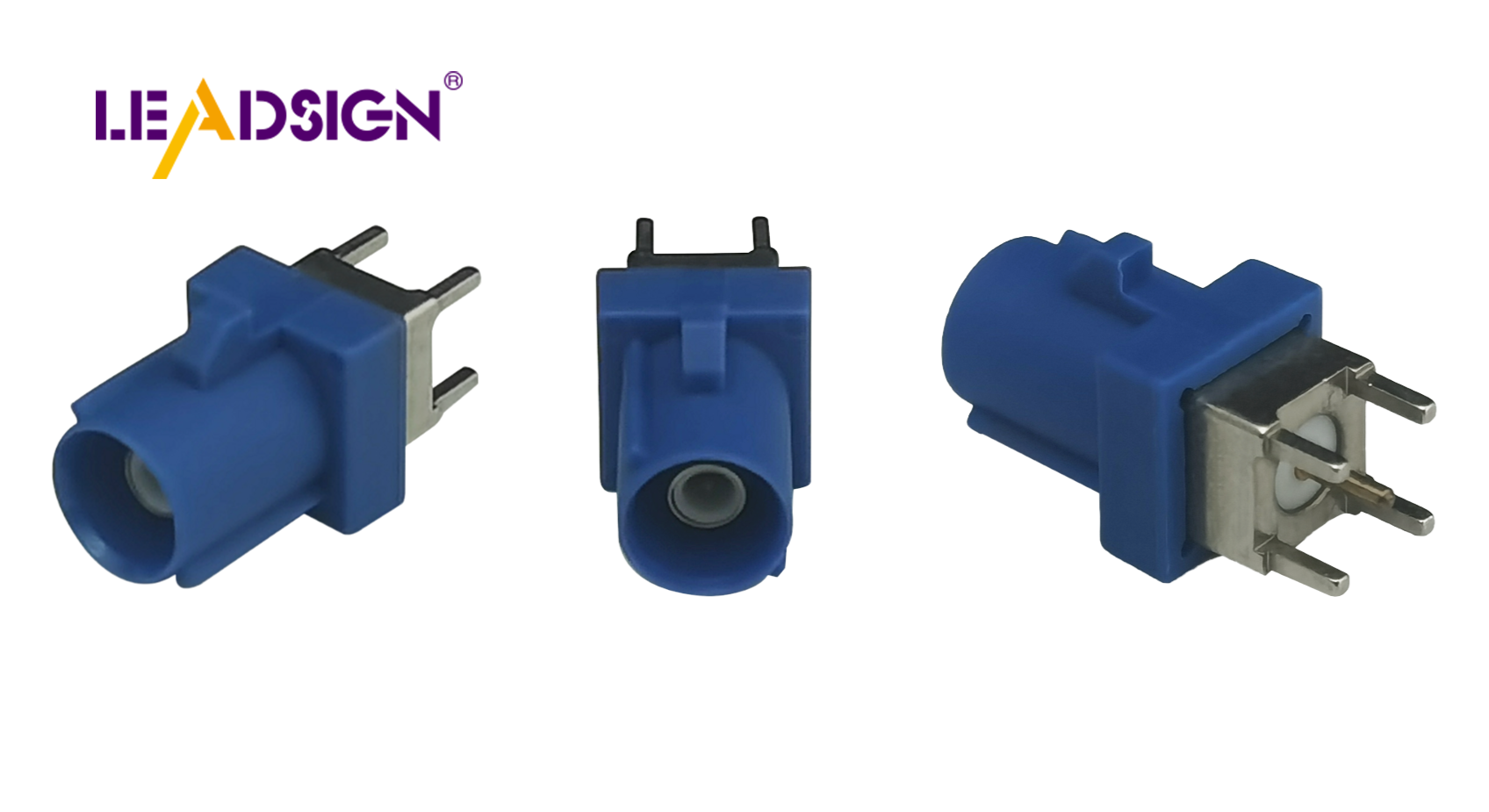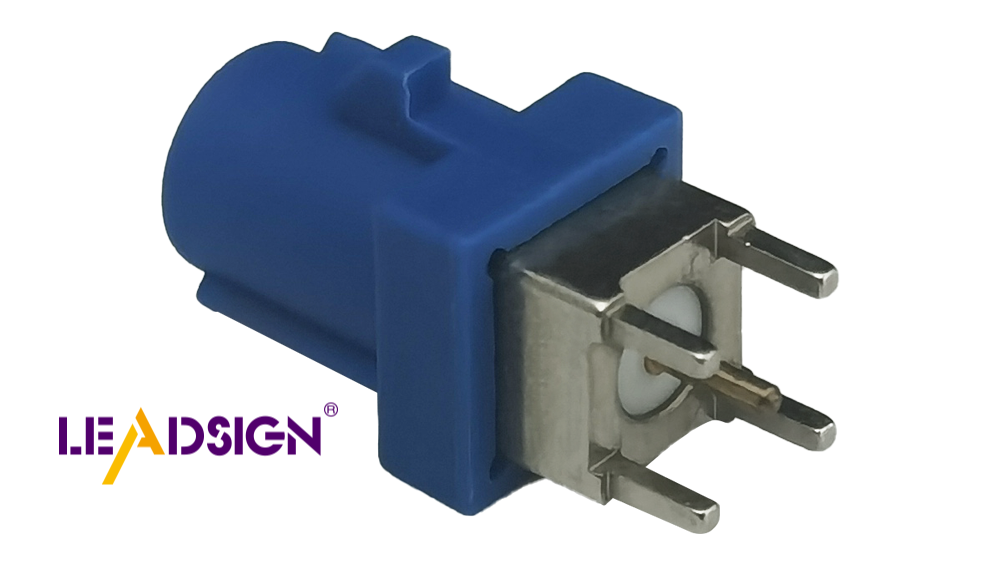How to Identify Automotive Electrical Connectors Types for Replacement

Understanding automotive electrical connectors types is crucial for repairing vehicles. These connectors ensure the efficient functioning of your car's electrical components. When they fail, it's often due to heat exposure or frequent use, leading to increased failure rates. Issues such as worn pins or damaged covers may require attention. With numerous connector types available, identifying the correct one can save time and prevent further complications.
When working with car electrical connectors, know their parts and materials. This helps you pick the right one for fixing your car's electrical system.
Electrical connectors have important parts:
Pins and sockets are the main parts. They connect different pieces. Pins are usually made of metals like copper. They might be coated with gold or tin to make them work better and last longer. This coating also stops rust.
The housing is the outside cover that keeps everything safe from things like water and dust. It's made from plastic or metal, based on what it's used for. Inside, a rubber or silicone piece keeps pins apart to stop problems.
Knowing what materials are in car electrical connectors helps you choose the right one.
Metal alloys are key in making connectors. The contacts are often copper because it carries electricity well. Gold or tin coatings help protect and improve how they work.
Plastic and rubber are used for covers and insulation. Plastic is strong against heat and wetness. Rubber or silicone keeps parts separate so they don't cause trouble.
By learning about these parts, you can choose the right car electrical connector when needed. This helps keep your car's electric system working well and lets you fix connector problems smartly.
Types of Automotive Electrical Connectors

When working with car electrical connectors, know the different types. This helps you pick the right one for your car. Let's look at some common ones.
Blade Connectors
Blade connectors are very popular in cars. They give a simple and strong connection.
Characteristics and Uses
Blade connectors have flat metal pieces that fit into slots. This makes them easy to use. You often see them in low-voltage places like fuses or relays. They're simple and work well, so many people use them.
Identification Tips
To find blade connectors, look for flat metal blades. They come in different sizes, so measure the width to fit right. Check the housing color; it shows what wire size it supports. If unsure, ask a professional for help, as Connector Experts Team advises.
Pin Connectors
Pin connectors are also common in cars. They offer a strong connection for many parts.
Characteristics and Uses
Pin connectors have round metal pins that fit into sockets. They're used where a strong link is needed, like sensors or control boxes. Their design keeps connections stable even when it's tough outside.
Identification Tips
Count pin numbers and check their layout to identify pin connectors. This helps find replacements easily. Look at the locking part too; it's key for a secure fit. If confused, send a picture to experts for help.
Butt Connectors
Butt connectors join wires together easily. They're important in car wiring fixes.
Characteristics and Uses
Butt connectors are tubes with covers that insulate them. Put wires in each end and crimp them tight to connect securely. They're great for fixing or extending car wires.
Identification Tips
Look for tube shapes with covers to spot butt connectors. Match connector size with wire gauge you're using. Insulation color shows wire size it fits best with. When unsure, check online guides or forums for advice on choosing butt connectors.
Knowing these connector types helps you fix or replace parts smartly in your car's electrical system.
Steps for Finding and Changing Connectors
Knowing how to find and change car connectors is important. Let's go through the steps to do it right.
Looking at Connectors
Before using tools, look at the connector closely. This can show you a lot about its condition.
Spotting Damage
Check the connector carefully. Are there any cracks or breaks? These mean it's worn out. Heat and shaking can make connectors wear out over time. If you see damage, replace it. A bad connector can cause bigger problems later.
Finding Rust
Rust is another common problem. It looks like green or white powder on metal parts. Rust can stop electricity from flowing well, causing issues. If you see rust, clean it if you can. But if there's a lot, it's best to get a new connector.
Testing Electricity Flow
After looking at the connector, test if electricity flows through it well.
Using a Multimeter Tool
A multimeter helps here. Set it to check resistance (ohms). Touch the probes to the connector's ends. Low numbers mean good flow of electricity. High or no numbers might mean it's broken.
Understanding Results
Knowing what the multimeter shows is important. Low numbers mean a good connection. High or changing numbers suggest trouble. In those cases, think about getting a new connector to avoid problems.
Replacing Connectors
If you need a new connector, follow these steps for an easy change.
Picking the Right Connector
Choosing correctly is key. Think about pin number, shape, and lock type. Use OEM connectors for best fit and reliability with your car's system.
Installing Correctly
Once you have the right one, put it in carefully. Make sure pins line up right and lock it in place so it stays secure even when driving over bumps.
Following these steps helps you find and change car connectors well, keeping your vehicle safe and running smoothly.
Finding car electrical connectors is simple with good methods. Look for worn pins, broken covers, and rust. Regular checks keep your car's electric parts working well. This stops sudden problems and expensive fixes. If unsure about a connector, ask an expert for help. One happy customer said,
"It was easy. The connector fit perfectly—I asked my mechanic and checked it myself."
This shows how helpful expert advice can be. Keep your car running well by being careful and learning more.
See Also
Exploring Ford Fakra Connectors in Detail
Understanding HSD Connectors in Automotive Sector
Significance of FAKRA Connectors in Auto Uses

